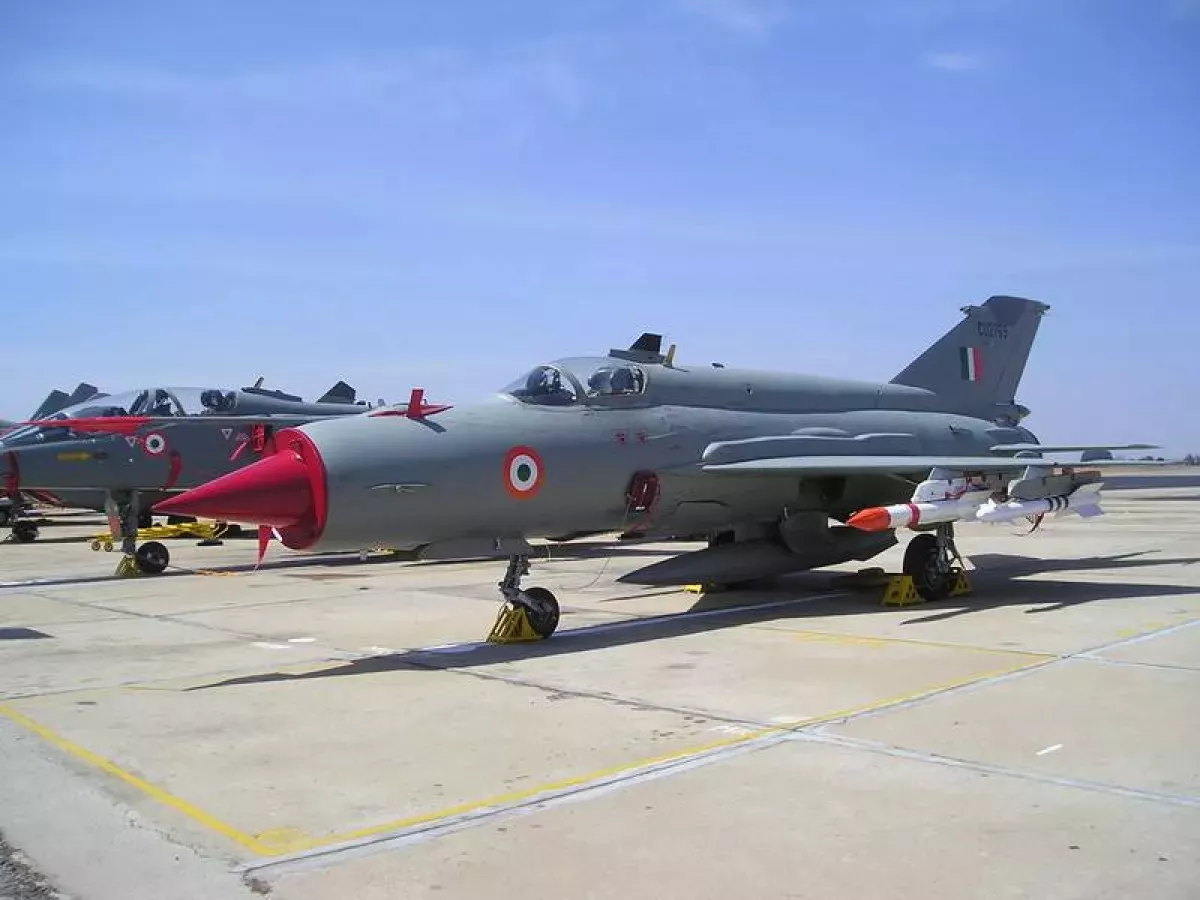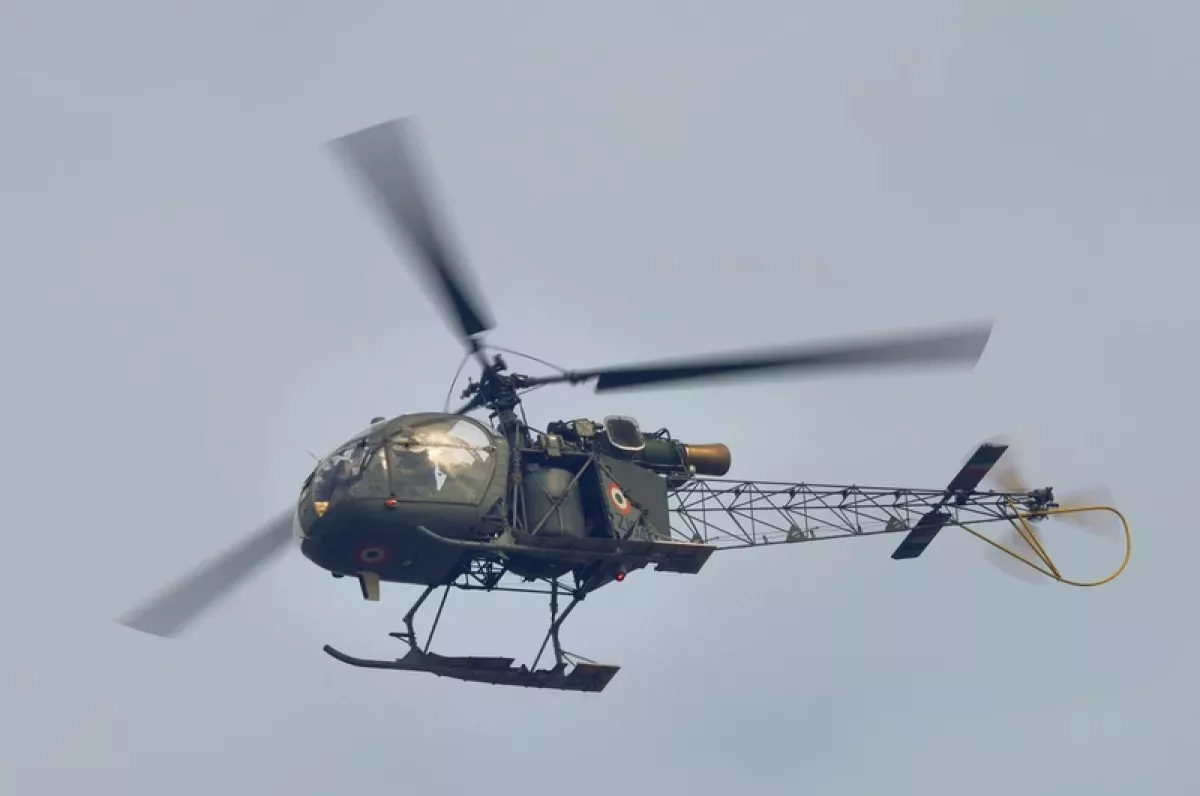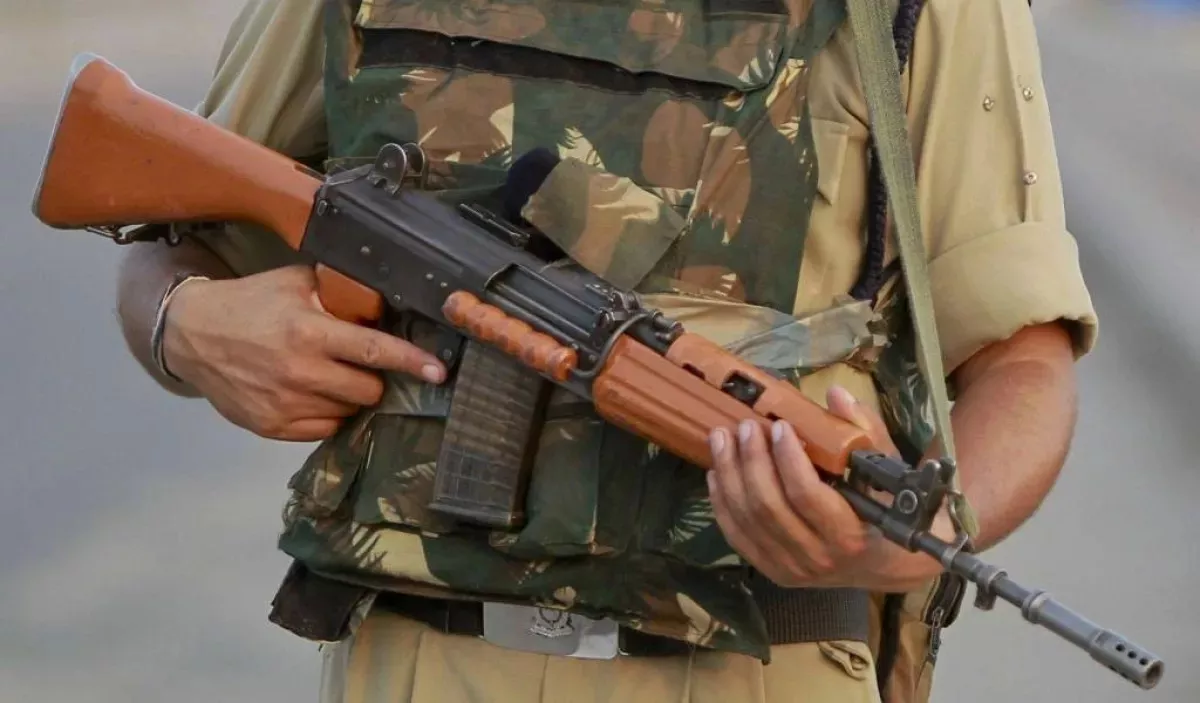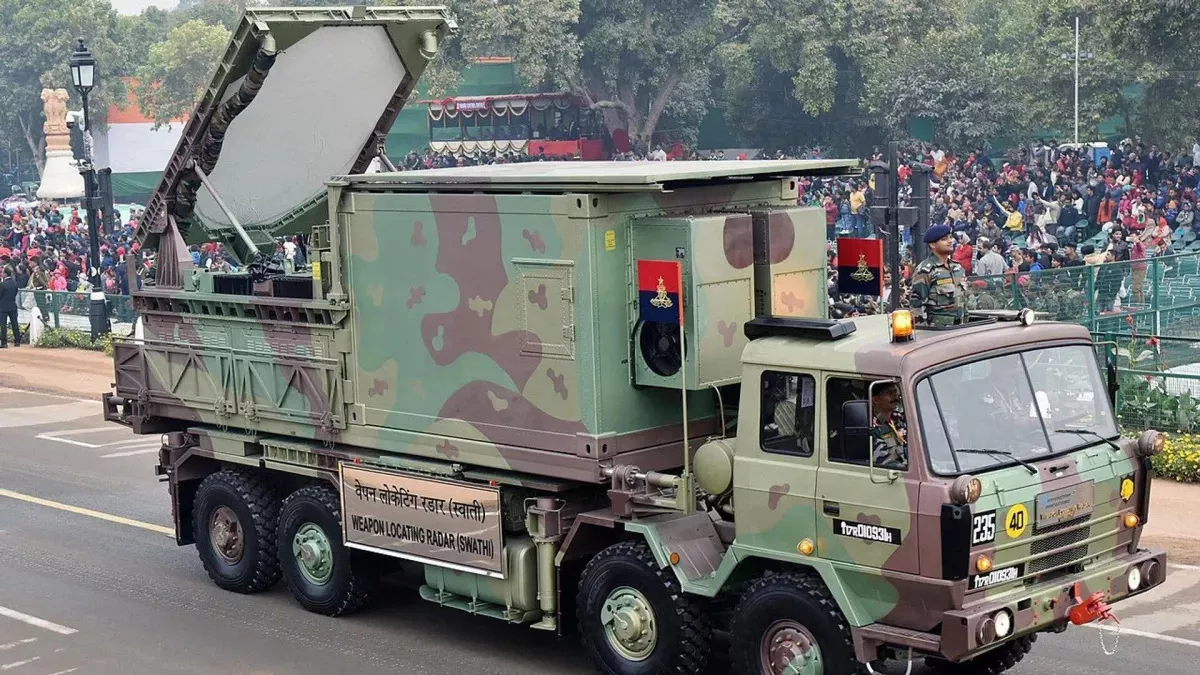Glitter and poverty of India's military-industrial complex High hopes vs harsh realities
Soon after coming to power in 2014, Indian Prime Minister Narendra Modi announced an extensive import substitution program aimed at creating additional jobs and reducing the outflow of foreign currency. Specifically, his program called for 30 per cent to 60 per cent of military equipment to be domestically produced, but such figures remain unrealistic to date. India was expected to produce everything from mobile phones to fighter jets, yet eight years later, New Delhi continues to be the world's largest importer of military hardware.
Indian military officials assert that the country is not importing some critically important weaponry to replace outdated equipment, which could lead to a shortage of hundreds of helicopters and aircraft by the end of this decade. If current trends persist, by 2030 the Air Force may be left with just 30 fighter squadrons, whereas at least 42 squadrons are needed to defend against potential adversaries like China and Pakistan. By that time, several hundred aircraft will have been retired from service as their operational lives come to an end.

At the same time, the state defense enterprise Hindustan Aeronautics Limited is capable of producing only eight Tejas fighter jets per year, which amounts to roughly half a squadron. The company had planned to double the number of aircraft produced within two years, but these plans may remain on paper due to the conflict in Ukraine, which has severely disrupted supply chains. Some equipment was ordered from Ukrainian factories that have been destroyed by Russian military strikes.
The situation with helicopters is even more dire. The backbone of the Indian Air Force, Navy, and Army consists of rotary-wing aircraft purchased from France in the 1970s. According to a representative from the Ministry of Defense in Delhi, much of this equipment will need to be retired by 2026, while domestically produced helicopters will not be ready until the late 2030s. India had planned to begin production of Russian Ka-226T helicopters, but this process has again hit a snag due to the percentage of Indian components used in these machines.
The delays in rearming are resulting in human casualties. According to the Indian Parliament, since 2017, 31 soldiers have been killed and 19 injured due to helicopter accidents.

Similar problems are observed in the Indian Navy as well. The country’s submarine fleet relies on a limited number of heavy torpedoes that were purchased in the 1980s. The Defense Research and Development Organization (DRDO) is working on developing Indian heavy torpedoes, but there is no concrete timeline for the completion of this project.
India's geopolitical rivals, China and Pakistan, are closely monitoring Delhi's difficulties. In the Himalayas, deadly clashes have already occurred between these countries, with India deploying tens of thousands of soldiers. The weakening of the air force means that India will have to compensate for the shortage of aircraft by deploying an increased number of soldiers, who will need to be transported to the region, armed, and supplied.
Another serious issue facing the Indian defense industry is the extremely low quality of the weapons produced. The main weapon of Indian soldiers—the INSAS (Indian National Small Arms System) 5.56mm semi-automatic rifle—was introduced in the early 1990s and immediately faced criticism from soldiers who had to use it in combat. The INSAS rifle was known for its fragile magazines, frequent jamming, oil spraying, and spontaneous switching to automatic fire mode.

Some of these rifles were purchased by the Nepalese army, and in 2005, they lost 43 soldiers in combat with Maoists. After the battle, a representative of the Nepalese army remarked, "The INSAS Rifles are okay if you fight for an hour or two but not appropriate for hours-long battle. When fired continuously, the INSAS guns become heated and start malfunctioning. You have to wait for them to cool down before you can fire again."
An audit conducted from 2016 to 2019 made the following conclusions regarding the INSAS rifles:
"“The rifles were declared ‘un-serviceable’ in all cases. Burst of cartridge case was due to excessive pressure produced in the chamber for lower/higher hardness of components, improper tempering of breech block, and faulty process control in hardening treatment ... pre-existing metallurgical deficiencies in the barrels/components and deviations in hardness of the components due to improper heat treatment process. All these problems indicate manufacturing problems of a metallurgical nature in the concerned weapons.”
This rifle was supplied to the troops until 2013–2014, when Delhi began considering equipping the army with more modern and reliable weapons. The Russian AK-203 assault rifle was proposed as a replacement, but the arms factory in Korwa, Uttar Pradesh, has yet to begin licensed production of this weapon.
American experts note that Indian manufacturers lack the technology and innovative skills necessary to produce high-quality weapons. Other shortcomings include low production capacity, lack of quality assurance, and an inability to deliver ordered products on time.
"Until India reaches a higher level of scientific achievement, its scientists and engineers will not be able to move on to the next step—creating more powerful weapons capable of ensuring victory on a modern battlefield," agree Indian experts.
Paradoxically, in this situation, the Modi government made significant efforts to increase the export of Indian weapons abroad. According to SIPRI, in 2021, India joined the club of the 25 largest arms exporters, ranking 23rd. However, by 2022, Delhi had fallen out of this prestigious list and did not return to it in 2023 either. Nevertheless, according to the Indian government, revenues from arms exports in 2023–2024 grew to $2.5 billion. Indian weapons are primarily purchased by less affluent countries in Asia, Africa, and Latin America that cannot afford to buy arms from the world's leading manufacturers.

Among the countries purchasing Indian weapons today is Armenia. This country has ordered Swathi Weapon Locating Radars (WLRs), Akash surface-to-air missiles (SAMs), ATAGS artillery guns, and MarG 155x39 howitzers from India. However, former Armenian Defense Minister Arshak Karapetyan has already voiced critical remarks about this deal, noting that some of the Indian-supplied weapons have already failed. In response, the Indian defense forum Defence.in categorically refuted Karapetyan's claims, emphasizing that his tenure as defense minister was brief.
In conclusion, it can be noted that the Armenia-India arms deal contains an element of irrationality from a military perspective and poses risks for both sides. Delhi is selling weapons that it itself needs, while Yerevan is acquiring weapons of questionable quality. However, at the same time, India is gaining a foothold in the South Caucasus arms market and boosting its foreign currency reserves, while Yerevan gains an ally whose importance is growing in light of the closer ties between Azerbaijan and Pakistan.








